High Magnitude Earthquake Shakes Mexico City
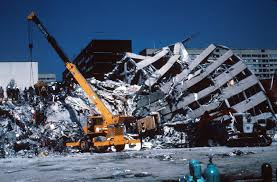
It was a seemingly normal morning in the fall of 1985 when a sudden, massive 8.0 magnitude earthquake completely shook up the lives of Mexico City residents, killing almost 10,000, injuring over 30,000, and leaving over a quarter of a million people without homes. On the anniversary of the devastating event, 32 years later, the fear was brought back to the streets of Mexico City.
On Tuesday, Sept. 19, Mexico’s capital city and it’s surrounding areas (stretching 100 miles near the city of Puebla) was ferociously hit with an earthquake reaching 7.1 on the Richter scale.
This earthquake happened only 11 days after and only 650 kilometers away from an 8.1 magnitude earthquake that took place on Sept. 8, becoming one of the most crushing earthquakes to affect the nation in decades. With considerably no time to recover or rebuild from the 11-day interval disasters, the city is left in ruins.
“They compare these two earthquakes to each other because usually when there is an earthquake, there’s not a big accident that happens,” Christophe Clamou ‘21, former Mexico City resident explains. “No one dies, you’re just afraid but in ‘85 and then now, there were a lot of buildings that came down with a bunch of people inside them.”
The impact of the first quake of September caused over 45,000 destructed homes and the second caused a collapse of over 40 buildings. Although many people were able to be rescued, some were stuck left in the rubble and dust, awaiting help. Because of this, the death count is nearing 250 people and counting.
Earthquakes are relatively common in Mexico, especially in or near the capital, although rarely are they this severe. Since the disaster of 1985, the city has constructed annual drills around the city in an attempt to keep residents prepared and ready for any sudden disasters. The capital city also commemorates the people who lost their lives in ‘85 by circling the hospitals with ambulances every year on Sept. 19.
“When I lived in Mexico, there were earthquakes very often but it’s normal and for people there it’s normal too because everyone in Mexico has experienced an earthquake in their life so they actually know how to react and what to do in that case,” Christophe said. “It’s normal for people over there.”
The happenings of two major earthquakes within the same area is a rare occurrence.However, this is more probable in México, as the nation lies on a subduction-zone. This means that a part of the Earth’s crust is sliding slowly underneath another, wherein this case the oceanic Cocos plate is sinking below the continental North American plate.
Not only does Mexico City lie on a subduction zone, but it is also a significant part of the Ring of Fire. This Ring of Fire, which coincides with one of the Earth’s main tectonic plates, the Pacific Plate, is a huge strip of volcanoes which reaches from parts of Oceania up to Japan then circles back down along the North and South American West Coasts, ultimately hitting Mexico in it’s way. This pathway is home to over 450 volcanoes and around 75% of the world’s active volcanoes. According to the World Atlas, approximately 90% of earthquakes occur along this strip, making it a prime spot for natural disasters. Therefore, it is no surprise that powerful earthquakes will, at some point, occur throughout this deadly strip.
The most important issue, for now, is making sure that every resident is found and accounted for. The federal government has since sent over 3,000 troops in order to help find people in the rubble. Food, water, supplies, and numerous aids have been sent to the affected people in hopes to rebuild the city as it once was.

Hello! This is my first year as an Opinions Editor and my second year being on Student Press. My main focus as a part of this program is to help share...

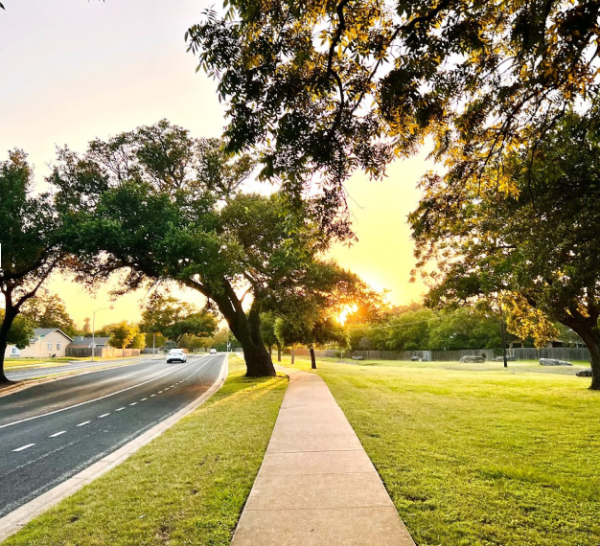

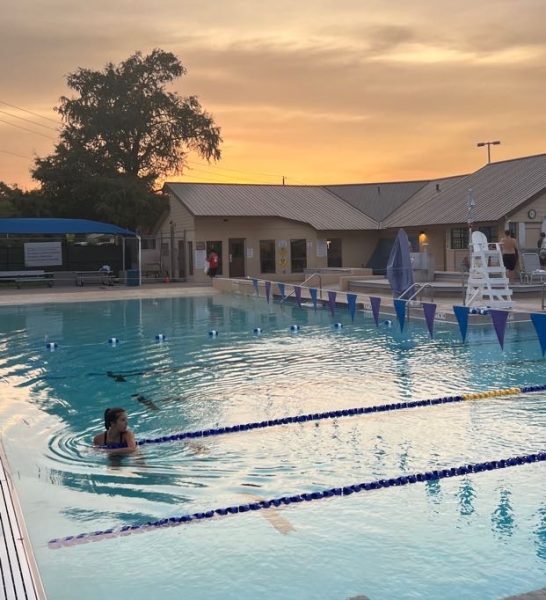
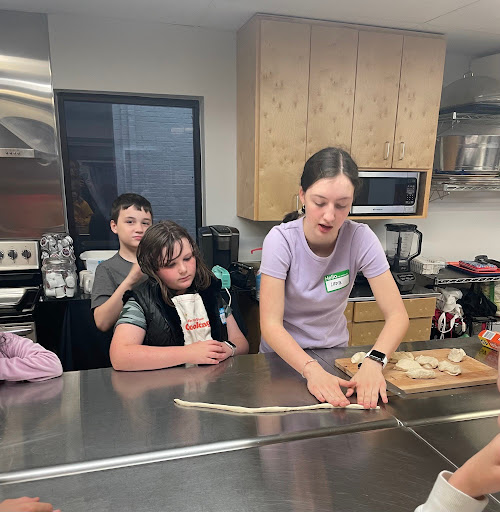
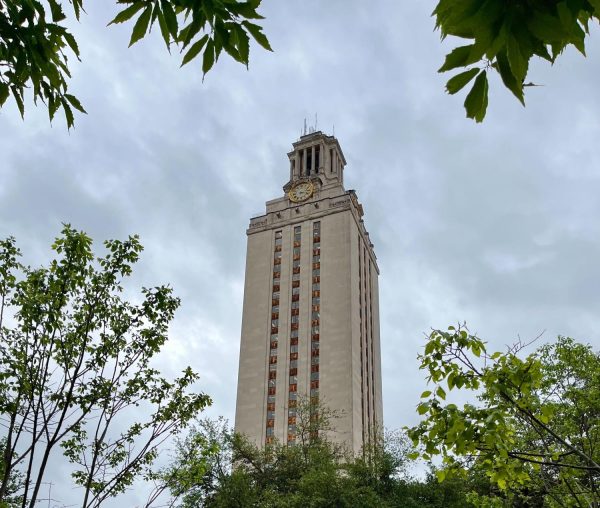
![Westwood students experienced the impacts of class cuts resulting from Round Rock ISD (RRISD)s budget deficit. The recently approved general fund budget could have played a role in returning some of the cut classes. We all hope that [the general fund budget] will bring additional funding and cost savings, potentially help with course and extracurricular operations, and provide deserving teachers with an increase in salary as well as provide better education opportunities for students, Marlene Luo 25 said.](https://westwoodhorizon.com/wp-content/uploads/2024/07/ww-pic-600x479.jpg)

